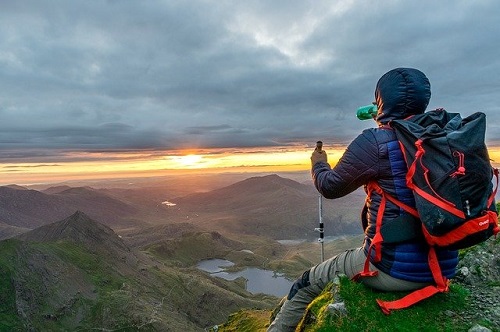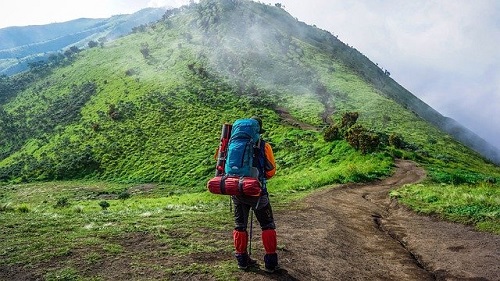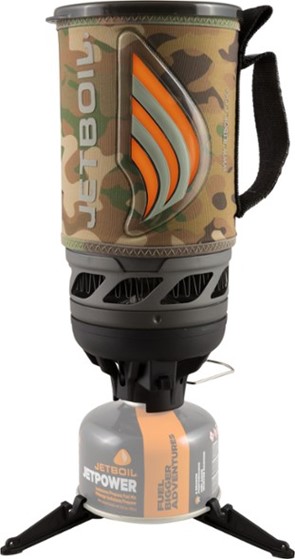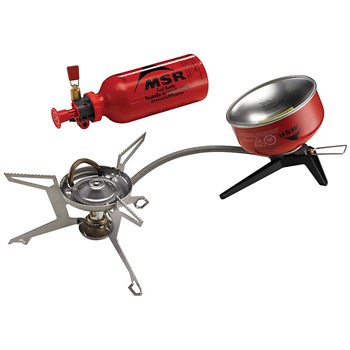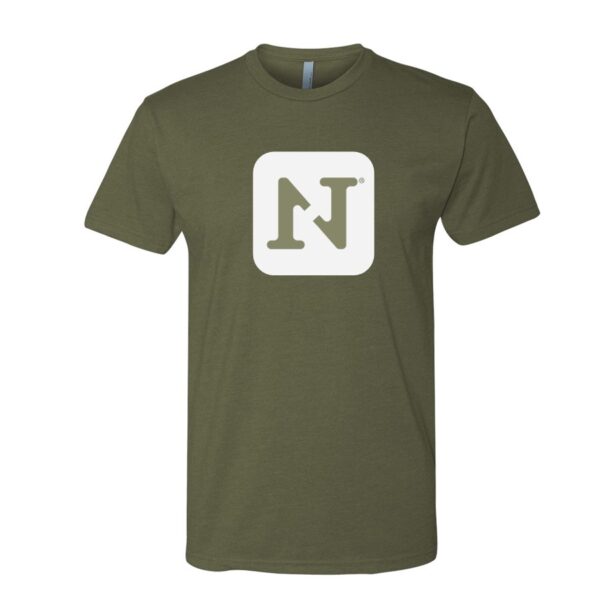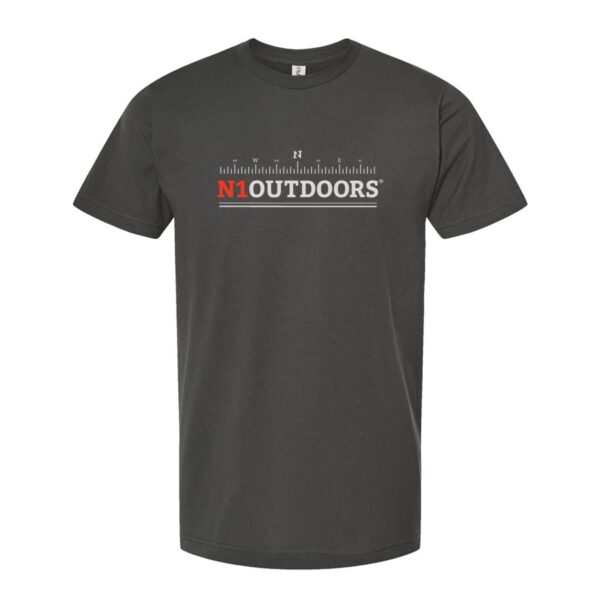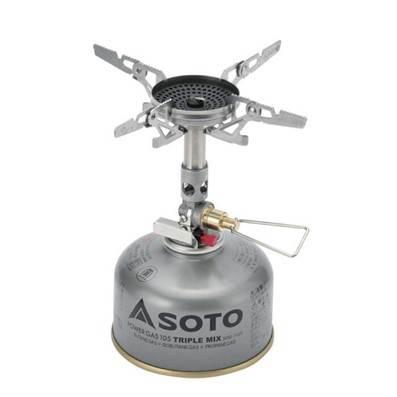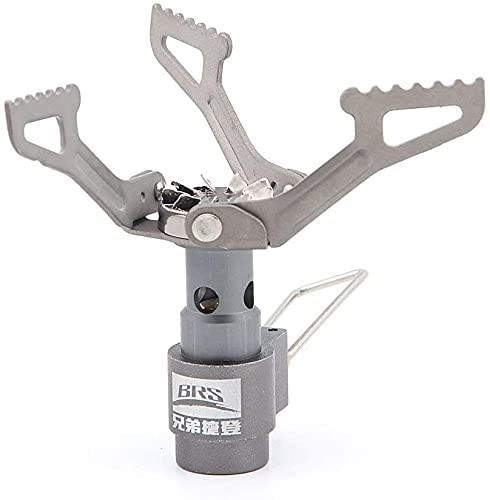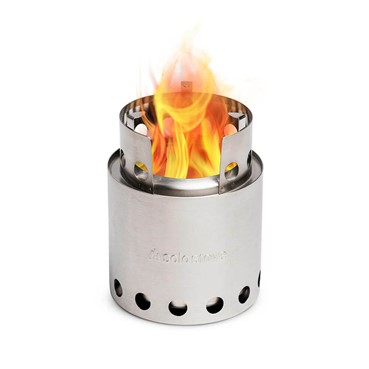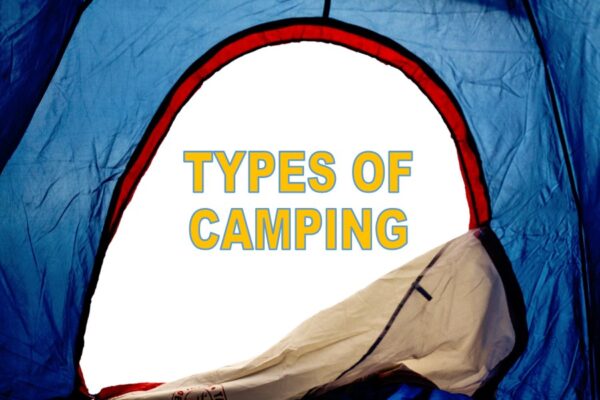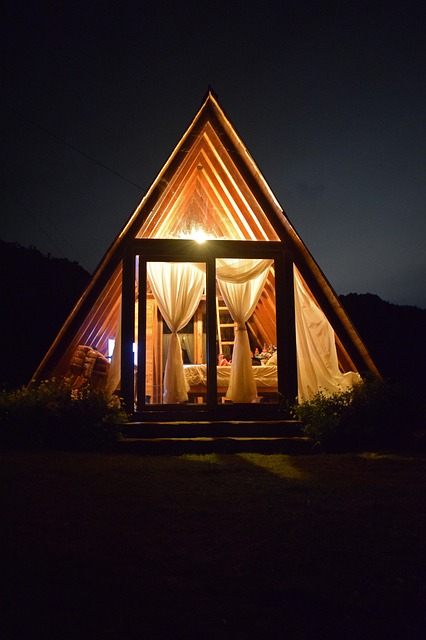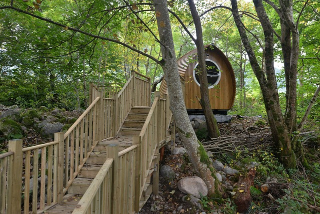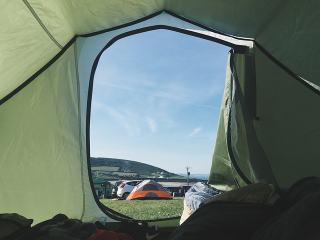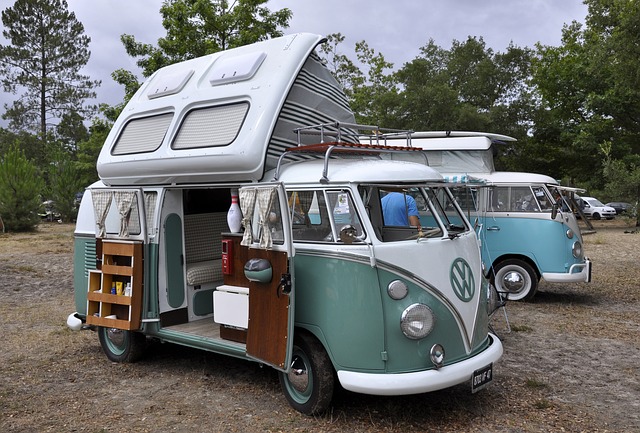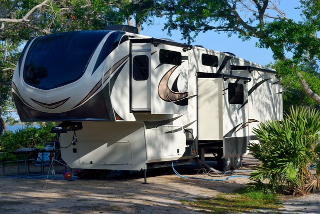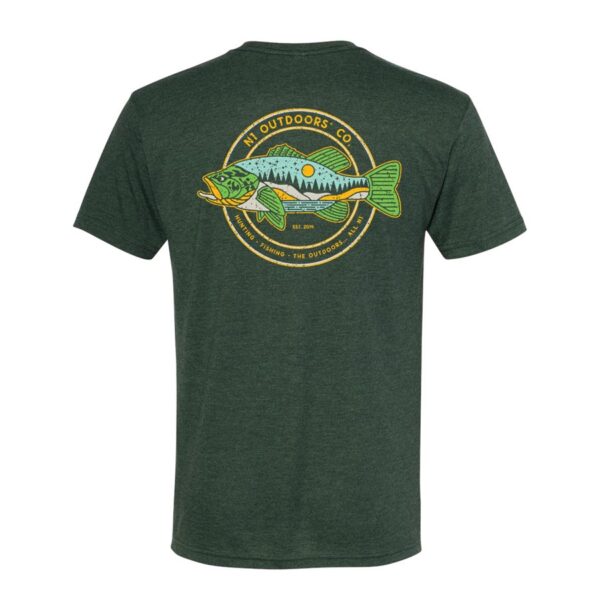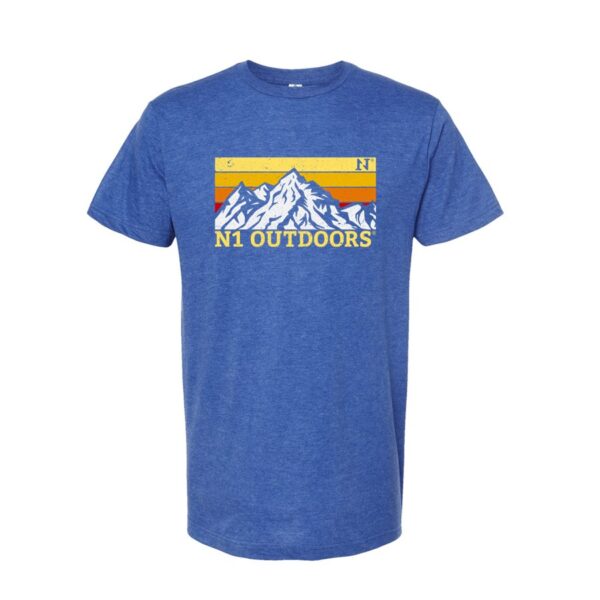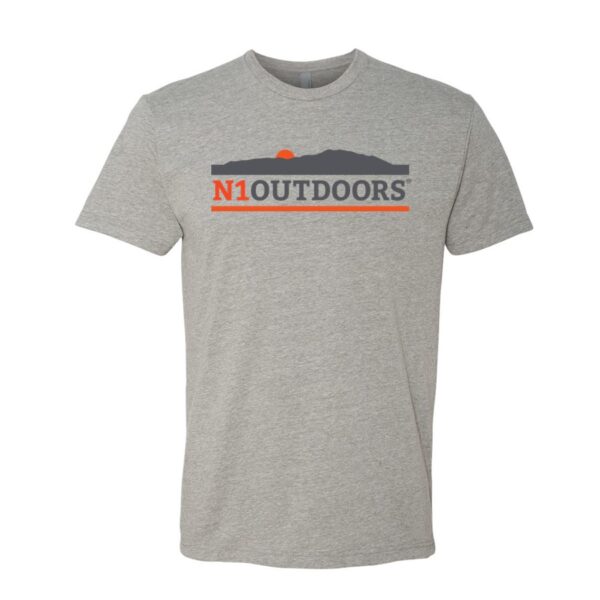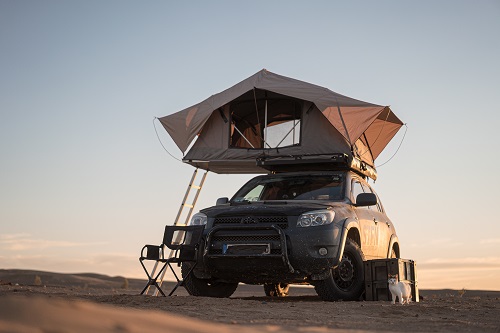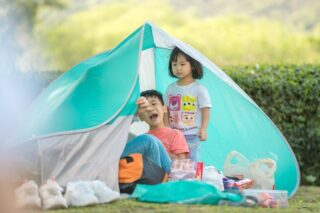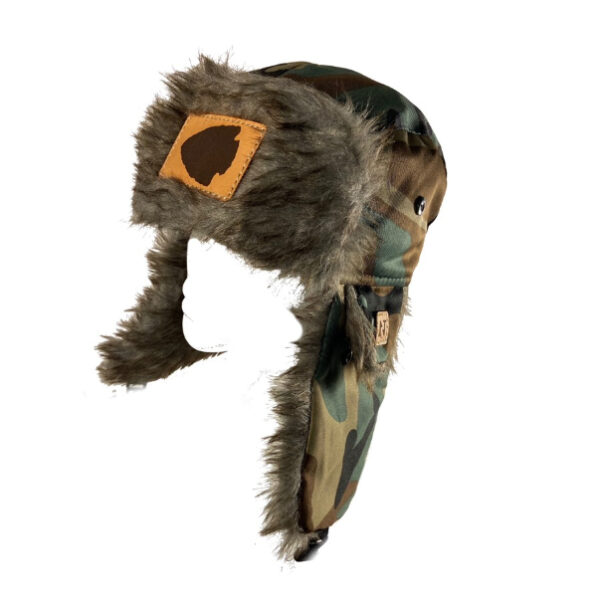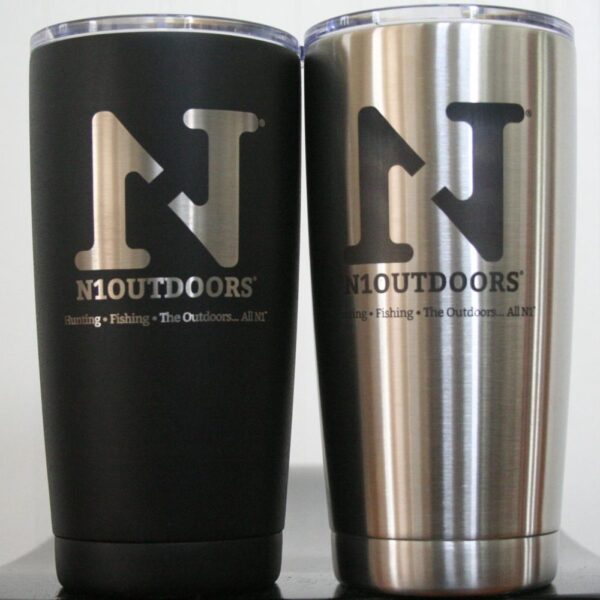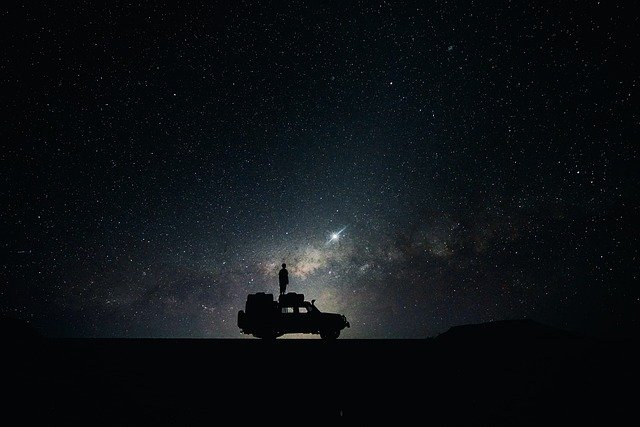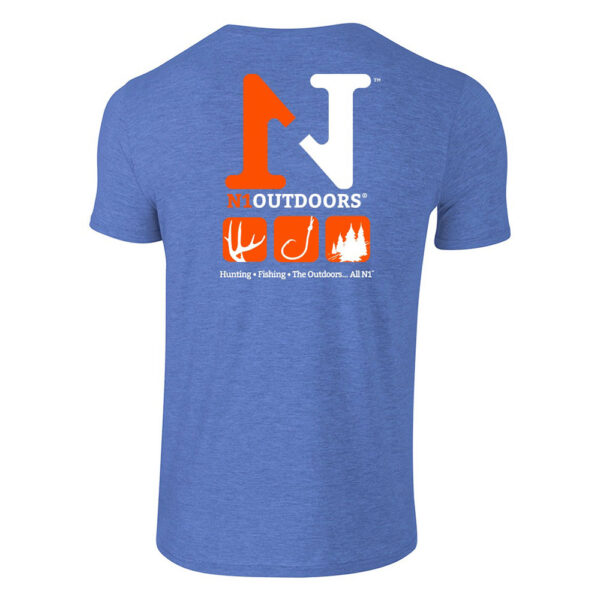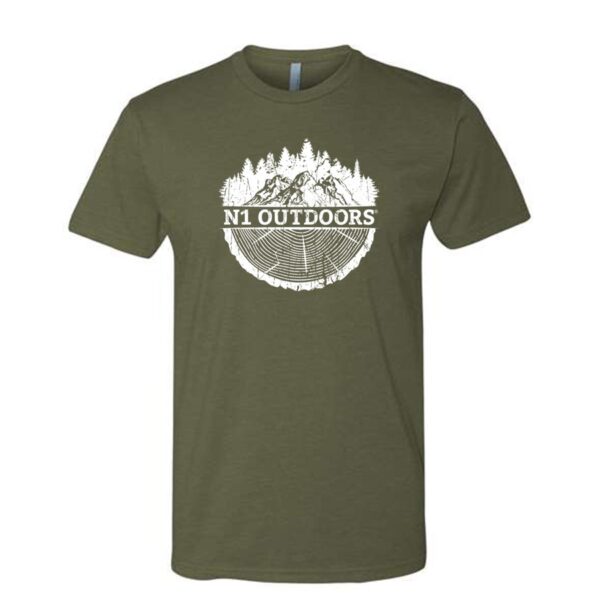Whether you’re with family or a group of friends, outdoor adventures bring fun, excitement, and a chance to strengthen bonds.
And, whatever outdoor activity you enjoy, it’s vital to have a good-quality tent to shelter your group from the sun’s heat or when sudden rain or snowfall occurs.
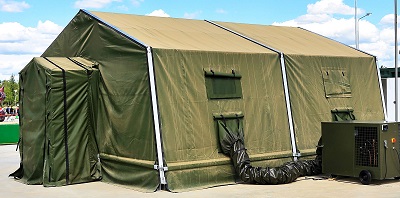
Military tents may be overlooked for camping and other outdoor adventures, but as you will see below, they provide many great benefits!
Tents are certainly known to serve these purposes, but have you ever tried using military tents for your adventures?
Let’s cover six benefits to help you decide whether to try military tents at your next outdoor event.
Durability
Whatever outdoor event you have, the durability of your tent must be considered, especially when housing multiple people and additional equipment.
Using a military shelter system as a tent offers durability, unlike standard tents. Most most of these types of tents have polyester fabrics coated in vinyl, with secure insulation that helps retain a cool temperature during hot weather.
These fabrics are also tear-resistant, waterproof, and flame-retardant. You also won’t worry about ventilation because military-grade tents also have windows allowing for proper air circulation.
Natural light can also flood the tent, saving power during the day. Additionally, insects, mosquitos, and other critters won’t be able to get in because the windows and the entrance have a layer of thin screens.
Spaciousness
Camping doesn’t always mean packing multiple tents. Some types of camping even challenge the camper to keep their presence at campsites to a minimum.
But, with a military tent, you can shelter a large group of people, which eliminates the need for multiple tents.
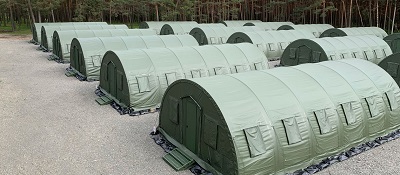
Looking for more space for sheltering a large group on an outdoor adventure? Military tents can house large groups and still have room for other gear and supplies.
If you’re renting tents, you can save money, because you won’t be paying to ensure everyone sleeps with a roof over their heads, for example. When you can sleep together in one tent, it helps increase the likelihood of bonding with your loved ones.
Sleeping separately in the wilderness can be worrying to some people, especially groups with children. But, a spacious military tent gives peace of mind that you can find your team in a single place.
Distributing supplies is also easier, because everyone will get their share immediately, as you don’t have to walk elsewhere.
Spacious military tents also help avoid becoming cramped. Smaller parties will have more legroom and extra space for camping gear and other items that must stay dry instead of leaving them inside the vehicle. You can also use them to shelter gear or equipment.
Military Tents Are Easy To Set Up
A good tent is easy to set up, even if it is large enough to house many people.
It doesn’t have complicated mechanisms to make it stay upright. It won’t take long to get standing if you’re a small group of two or four. After all, whether you buy or rent a tent, the last thing you want is to spend hours setting it up after arriving from a long journey.
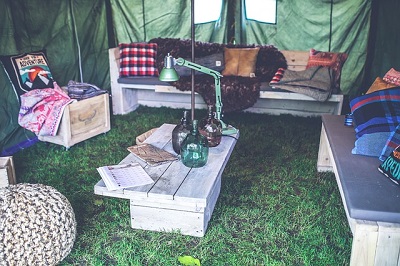
The last thing you want is to spend a lot of time setting up a complicated tent after you arrive at your destination. Military tents are easy to setup.
So, ease of use is essential.
And, that’s another benefit of military tents for camping and other adventures, because they are quick to set up despite their laundry list of features.
There are varying models that don’t require poles, which is also why these tents have aerated openings at the foundation. They also make cozy shelters during harsh weather, which leads us to our next benefit…
-
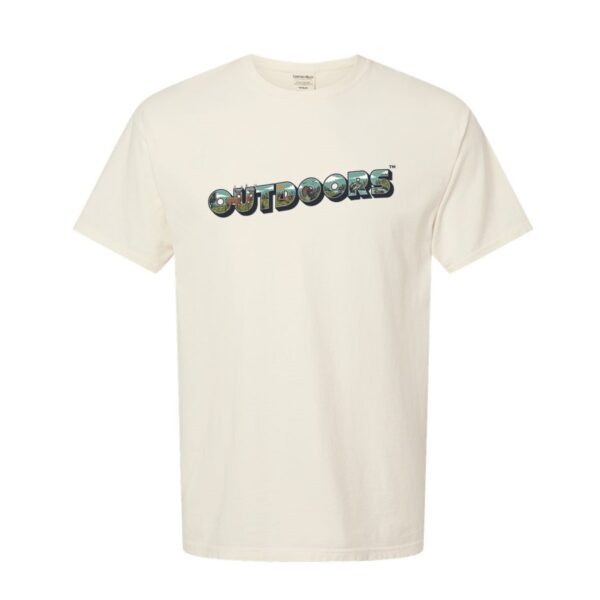
The N1 Outdoors® “OUTDOORS™” Tee
$28.99 – $32.99 Select options This product has multiple variants. The options may be chosen on the product page -
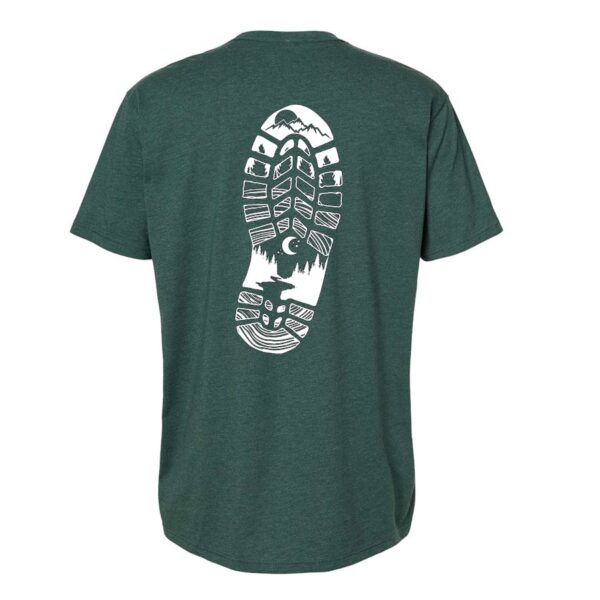
N1 Outdoors® “Outdoor Npressions™” Boot Print Tee
$24.99 – $28.99 Select options This product has multiple variants. The options may be chosen on the product page -
Sale!
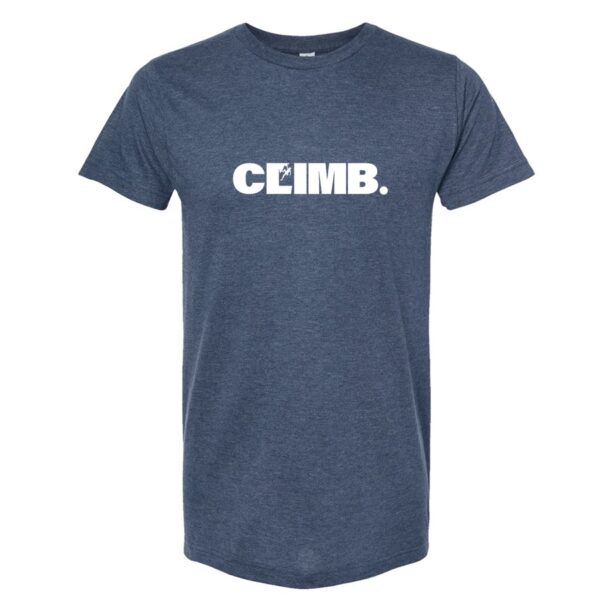
N1 Outdoors® CLIMB. Tee
$19.00 Select options This product has multiple variants. The options may be chosen on the product page
Specially Designed For Harsh Climates
Military tents are designed for soldiers in far-flung regions of differing climates. Designers create these tents with the soldiers’ safety in mind. That’s also why these tents are perfect for camping outdoors.
The environment you’re likely to find yourself in might not be too different to where soldiers are more likely to spend their days.
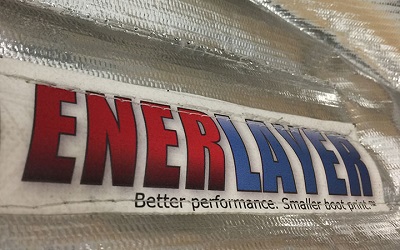
Military tents are designed for harsh conditions, which can be very advantageous in hot or cold climates.
A military tent is weather resistant and can withstand the harshest conditions. You are more likely to have memorable camping experiences knowing you’re safe and warm in the wilderness inside a military tent.
And, thanks to their heavy-duty fabric, you’re warm on cold nights and cool on hot days.
Some tents also have specialized floors that can bear extreme exposure to rugged terrain. There are insulation boards manufactured with flame-retardants ABS sheeting, which are also shock resistant. These materials can withstand hot and cold temperatures, dust, humidity, and more.
UV Ray Protection
The wilderness could mean any environment you can imagine, including the desert.
An avid camper with vast camping experience will appreciate a high-quality tent that will protect them from harsh ultraviolet rays.
A military tent can protect occupants from sunburn and heat in extreme environments like deserts, where seasoned campers often test their mettle.
At the same time, gear or equipment that is susceptible to damage by the heat of the sun can be kept in the tent.
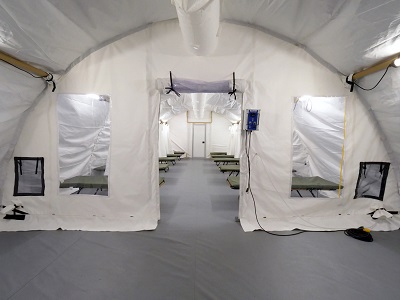
Extreme heat and the sun’s UV rays are always a concern. Military tents are designed to shelter occupants from both.
Some military surplus tents can provide you with the versatility you need.
Some can bear strong gusts of wind up to 65 mph and temperatures up to 160 °F. A-frame and squad-type tents can also serve as a multipurpose camping tents and are easy to set up. But, the downside to these is that they don’t have any flooring. That means you’ll need to use camping mats or other sleep gear.
Military Tents Are Rentable
Try camping with a military tent by renting one first, so you can be sure it will work for you. Renting one can also be helpful for those considering buying one for their next outdoor adventure.
Of course, If buying one is out of your budget, renting is also very practical.
Renting a tent also saves you storage space. After your adventure, you can pack it and return it to the company. You won’t have to worry about making room in a crowded garage or room in your house.
Some rental rental companies can even deliver the tent to the campground and assist you in setting it up.
-
Sale!
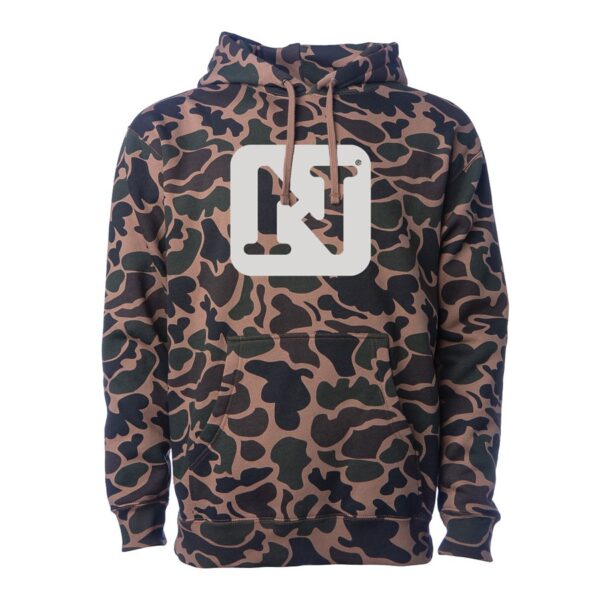
N1 Outdoors® Duck Camo Block Logo Heavyweight Hoodie
$34.00 Select options This product has multiple variants. The options may be chosen on the product page -
Sale!
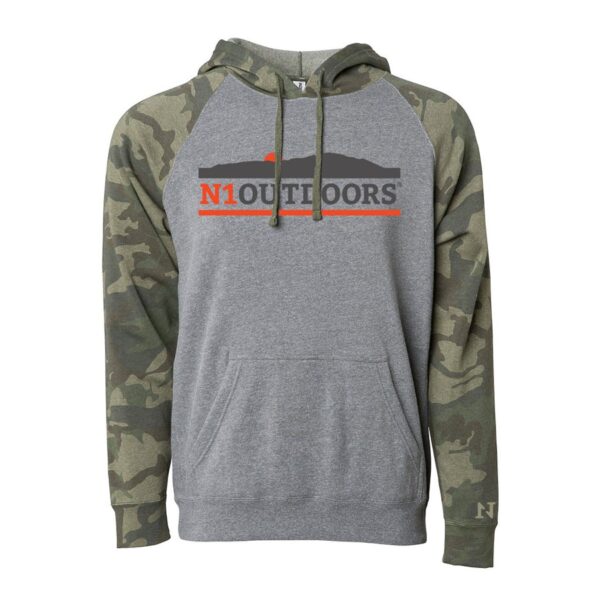
N1 Outdoors® “Sunset Mountain” Pullover Hoodie
$34.00 Select options This product has multiple variants. The options may be chosen on the product page -
Sale!
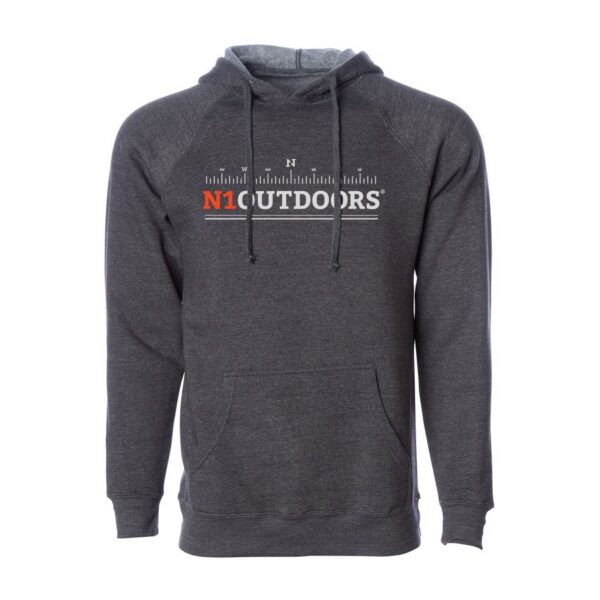
N1 Outdoors® Compass Pullover Hoodie
$34.00 Select options This product has multiple variants. The options may be chosen on the product page
Final Thoughts On Military Tents For Camping And Outdoors Adventures
A military tent can be a valuable addition to your outdoor adventure because of its make and quality.
These tents can endure harsh environments and various kinds of terrain. Most importantly, they’re weather resistant, temperature regulating, and protect you from the elements.
Military tents are spacious, which allows a group to stay together under one roof for safety. And, despite their seemingly complicated design, the tents are easy to set up and won’t take you hours to get the shelter you need.
All in all, these military tents make the ideal outdoor shelters.
Enjoy camping and adventuring with family and friends in God’s great outdoors!

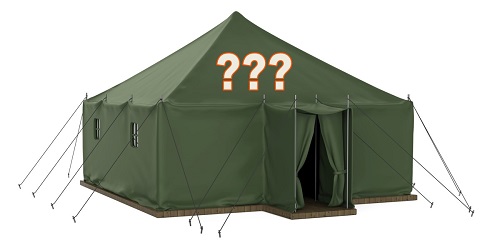

![GEAR DOCTORS® Sleeping Pad for Camping & Backpacking [ULTRALIGHT 17oz] - Sleeping Mat Camping - Ultralight Sleeping Pad - Inflatable Sleeping Pad for Camping - Camp Mattress Pad (5.2 R-Value 4 Se...](https://m.media-amazon.com/images/I/51v-b8lyqGL._SL500_.jpg)
